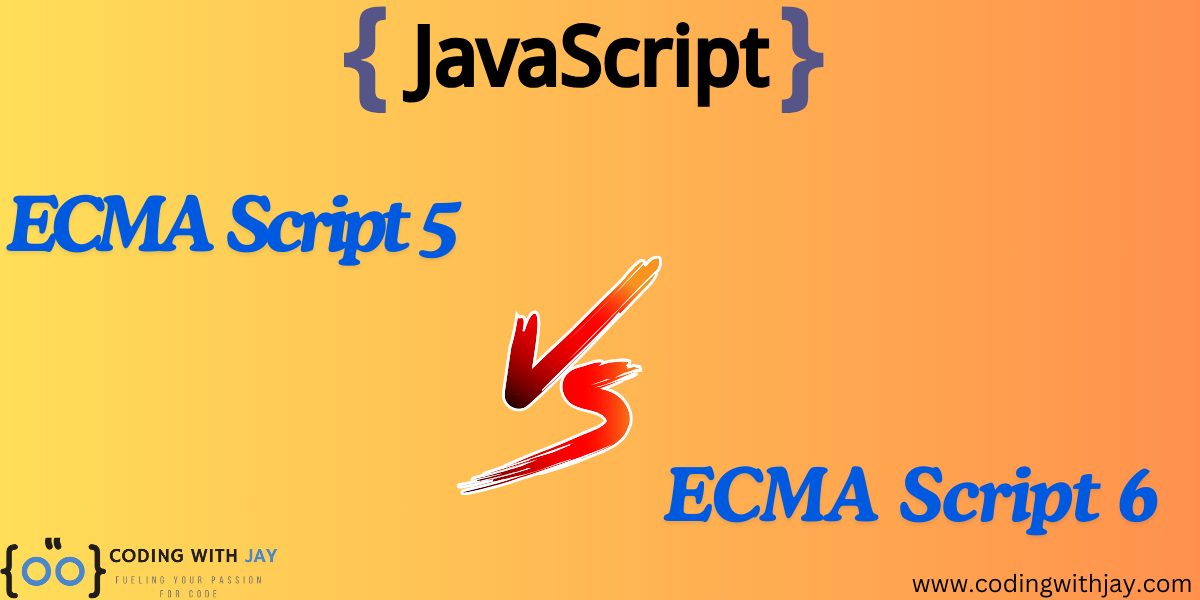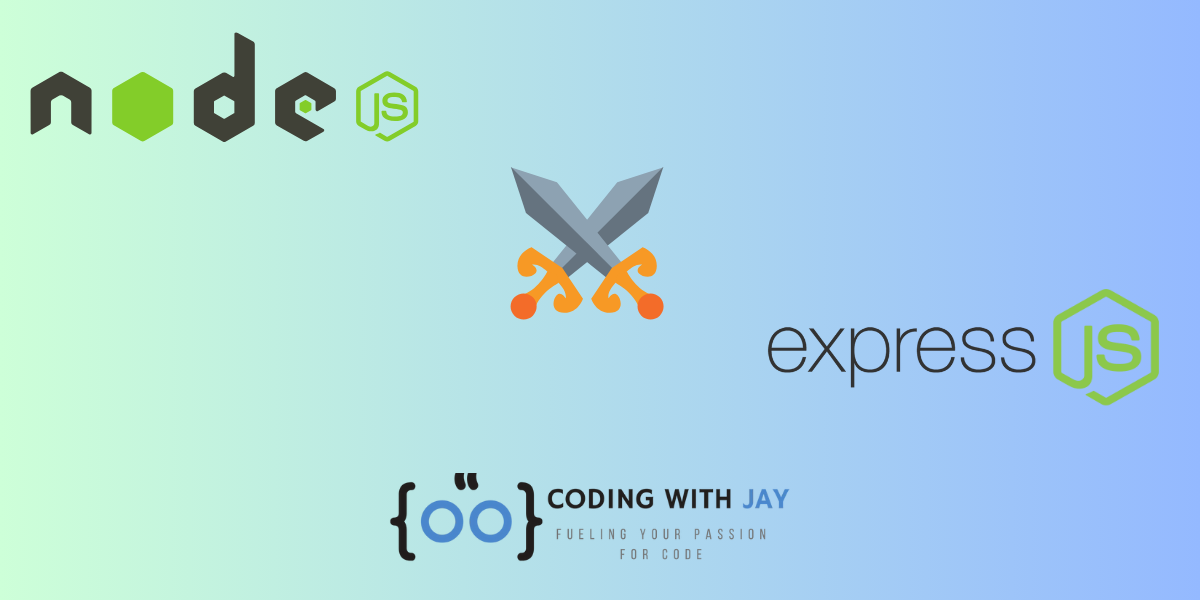The development of web apps has been completely transformed by the innovative Node.js technology. When it comes to creating scalable and real-time apps, developers now turn to this flexible platform, which leverages JavaScript on the server side. We’ll walk you through both basic and advanced Node.js subjects in this post, so you can gain a thorough grasp of this potent runtime.
1. Introduction to Node.js
What is Node.js?
With Node.js, developers can run JavaScript code on the server side in an open-source, cross-platform runtime environment. With its non-blocking, event-driven architecture, it is renowned for being extremely effective at managing concurrent connections and real-time applications. It is based on the Google-developed V8 JavaScript engine.
JavaScript on the Server Side
JavaScript was formerly a web browser-specific language. With Node.js, developers can create full-stack apps with just one language by extending its use to the server side. Code reuse between the client and server is encouraged by this unification, which speeds up development.
Why Node.js?
Among the many benefits of Node.js are its excellent performance, a vibrant and sizable developer community, a wealth of libraries and packages, and its adept handling of I/O activities. It works great for developing real-time apps, web servers, and APIs, among other things.
2. Getting Started with Node.js
Installation
Installing Node.js on your computer is the first step towards using it. Get the operating system installer by going to the official Node.js website. The Node Package Manager (npm) tool and the node runtime will be available to you after installation.
Your First Node.js Application
To gain an understanding of Node.js, let’s build a basic “Hello, Node.js” application. Make a JavaScript file (app.js, for example) and add the following code to it:
console.log('Hello, Node.js!');Run the program with the following command:
node app.jsYou should see the “Hello, Node.js!” message in your terminal.
Node.js Modules
You may arrange your code into reusable modules using the module system that Node.js offers. Both custom and pre-built modules are available for use. You may prevent global scope pollution and write more maintainable code by using modules.
We will explore asynchronous programming, core modules, web servers, and much more in detail in the upcoming parts. Prepare to discover all of Node.js’s possibilities!
3. Asynchronous Programming
The Event Loop
Node.js’s non-blocking, event-driven design is one of its primary differentiators. The event loop, which enables Node.js to manage several concurrent activities without halting programme execution, is essential to this design. Writing effective Node.js apps requires an understanding of the event loop.
Callbacks and Promises
Callbacks and Promises are frequently used in asynchronous Node.js programming. Asynchronous tasks are managed more formally with Promises than with Callbacks, which are functions that run after an asynchronous action is finished. These ideas and recommended practices for crafting dependable and tidily written asynchronous programs will be discussed.
Async/Await
A more modern addition to Node.js and JavaScript is Async/Await, which offers a more streamlined and user-friendly method of handling asynchronous activities. We’ll walk you through using Async/Await to streamline and improve the readability of your code.
4. Core Modules
File System (fs)
One of Node.js’s fundamental modules, the File System module (fs), offers functionalities for interacting with the file system. This module allows you to read and write files, create directories, and carry out a number of file-related tasks.
HTTP and HTTPS
Web servers may be easily created with Node.js. The fundamentals of setting up an HTTP server and responding to HTTP requests will be covered. Additionally, you will learn how to use HTTPS to protect your apps.
Path
To interact with file paths and directories in a platform-independent manner, you need the Path module (path). This module will teach you how to work with file paths and handle typical path-related tasks.
Events
Events are the foundation of Node.js. Building event-driven applications is made easier with the help of the Events module, which enables you to define, emit, and listen to events. We’ll look at Node.js event emitters and listeners.
Modules and NPM
Code may be arranged into reusable modules using Node.js’s integrated module system. You may utilise third-party modules through the Node Package Manager (NPM) and make your own custom modules in addition to the core modules. You will learn how to efficiently develop and manage dependencies and modules.
5. Building Web Servers
Creating a Basic HTTP Server
Node.js is an excellent web server builder. We’ll walk you through the process of starting from scratch and building a simple HTTP server. You’ll know how to manage requests, reply to them, and manage traffic flow on your server.
Routing and Middleware
The need for middleware and routing increases with the complexity of applications. Express.js, a well-liked Node.js web application framework, will be introduced to you below. RESTful API development, middleware management, and route creation will all be covered.
6. Working with Databases
Connecting to Databases
A vital component of many online applications is databases. We’ll look at connecting to databases from your Node.js apps in this section. We’ll go through both NoSQL and SQL databases, emphasising the usage of well-known database systems like PostgreSQL, MongoDB, and MySQL.
Using SQL and NoSQL Databases
You may select the database that best suits the requirements of your project thanks to the variety of databases that Node.js supports. Node.js can help you handle structured data in relational databases as well as unstructured data in NoSQL databases.
Mongoose for MongoDB
You will find Mongoose to be an invaluable tool if you deal with MongoDB. Mongoose is an Object Data Modelling (ODM) framework that offers a schema-based solution for your data, making it easier to deal with MongoDB. We’ll guide you through the process of doing database operations on Mongoose.
7. Concurrency and Scalability
Child Processes
Even though Node.js is renowned for having a single-threaded event loop, multi-core CPUs may still be utilised. The speed of your application may be enhanced by running different Node.js processes concurrently thanks to child processes.
Clustering
One of Node.js’s built-in features, clustering facilitates more effective use of several CPU cores. We’ll look at how to set up a cluster of Node.js processes for improved speed using the cluster module.
Load Balancing
Load balancing is crucial for applications with a lot of traffic. In order to split up incoming requests across several server instances, we’ll talk about load balancing tactics, resources, and solutions.
8. Real-Time Web Applications
WebSockets and Socket.IO
Sending and receiving data immediately is necessary for real-time applications, such as chat programs and online gaming. We will examine WebSockets, a bidirectional real-time data transfer protocol, and go through using the Socket.IO library for real-time features.
Building a Chat Application
We’ll walk you through creating a real-time chat application with Node.js and WebSockets to put theory into practice. Handling user connections, sending and receiving messages, and building a dynamic chat interface will all be covered.
Server-Sent Events
We’ll also introduce Server-Sent Events (SSE), a mechanism that lets the server send changes to the client, in addition to WebSockets. Applications that need real-time updates but don’t require bidirectional communication work well with SSE.
9. Security and Authentication
Common Security Vulnerabilities
The safety of websites must come first. We’ll talk about popular security flaws like SQL Injection, Cross-Site Request Forgery (CSRF), and Cross-Site Scripting (XSS) and offer advice on how to avoid them.
Authentication and Authorization
Authorization and authentication are essential for managing who may access your apps. We’ll walk you through the process of implementing user authentication with well-known tools and methods like JSON Web Tokens (JWT) and Passport.js.
10. Debugging and Profiling
Debugging Tools
An essential step in the development process is debugging. We’ll examine the several Node.js debugging tools that are available, such as the integrated Node.js debugger, debugging in Visual Studio Code, and integration with Chrome DevTools.
Profiling Node.js Applications
Your apps’ performance bottlenecks can be found with the use of profiling. We’ll talk about profiling tools and methods for Node.js, including memory and CPU profiling, performance optimisation using profiling data, and the built-in –inspect option.
Monitoring and Error Handling
To find problems and keep your Node.js apps running at peak efficiency, you must monitor your applications in production. We’ll go through several tools and procedures for error handling, logging, and monitoring.
11. Deployment and Hosting
Preparing for Deployment
There are a few things you should know before releasing your Node.js application into a production environment. We’ll go over establishing security settings, defining environment variables, and making sure your application is prepared for deployment.
Hosting Options
There are several hosting choices available for implementing Node.js apps. We’ll talk about well-known hosting systems, such as conventional web hosting options and cloud providers like AWS, Azure, and Heroku. Select the one that best meets your requirements.
Deployment Best Practices
We’ll offer deployment best practices to help you expedite the process, such as automated deployment pipelines, Docker containerization, and continuous integration and continuous deployment (CI/CD) tactics.
Conclusion
The Power of Node.js
Web development has been revolutionised by the strong and adaptable runtime Node.js. Node.js enables developers to build high-performance applications with its powerful ecosystem, large library of modules, and non-blocking, event-driven design.
The Future of Node.js
Node.js is still developing. Keep abreast of the most recent features, releases, and best practises. It’s essential to maintain studying and honing your abilities since Node.js is still a popular choice for developing web apps.
Resources for Further Learning
To further your Node.js journey, here are some valuable resources:
- Node.js Official Website
- Node.js : Gap between Frontend and backend
- Node.js Documentation
- Node.js on GitHub
- Node.js Interactive Tutorials
- Node.js Weekly Newsletter
With the information and abilities you’ve acquired from this tutorial, you’re ready to tackle Node.js programming tasks and fully use this potent platform. Node.js gives developers of all skill levels countless possibilities to create innovative apps.






